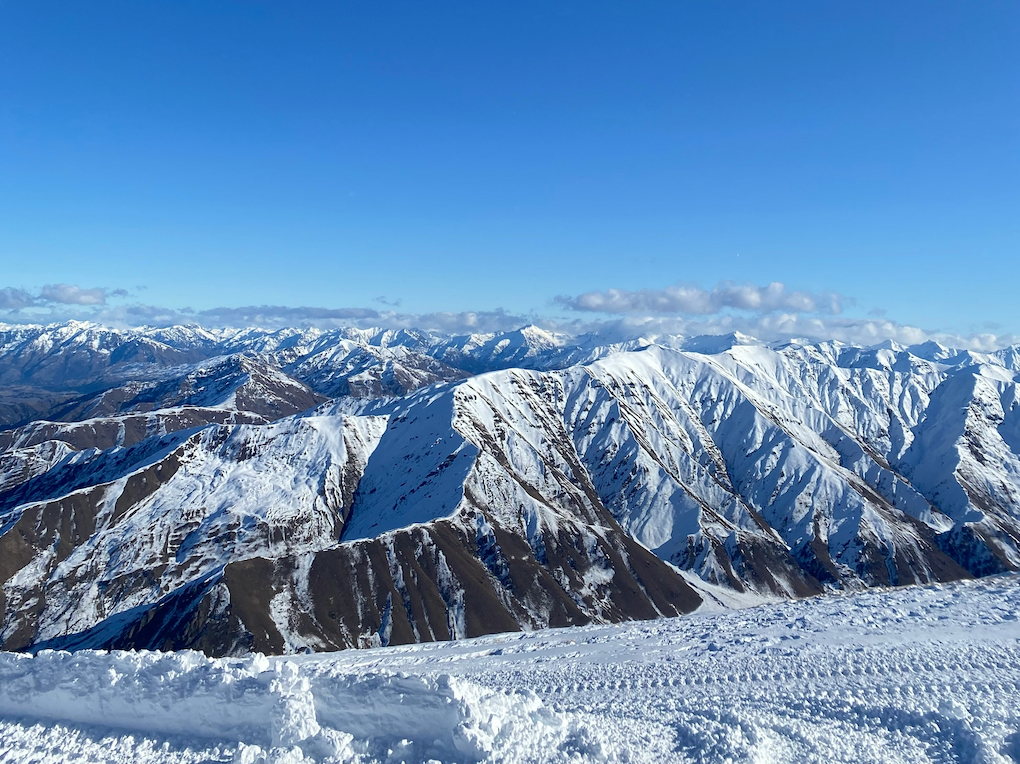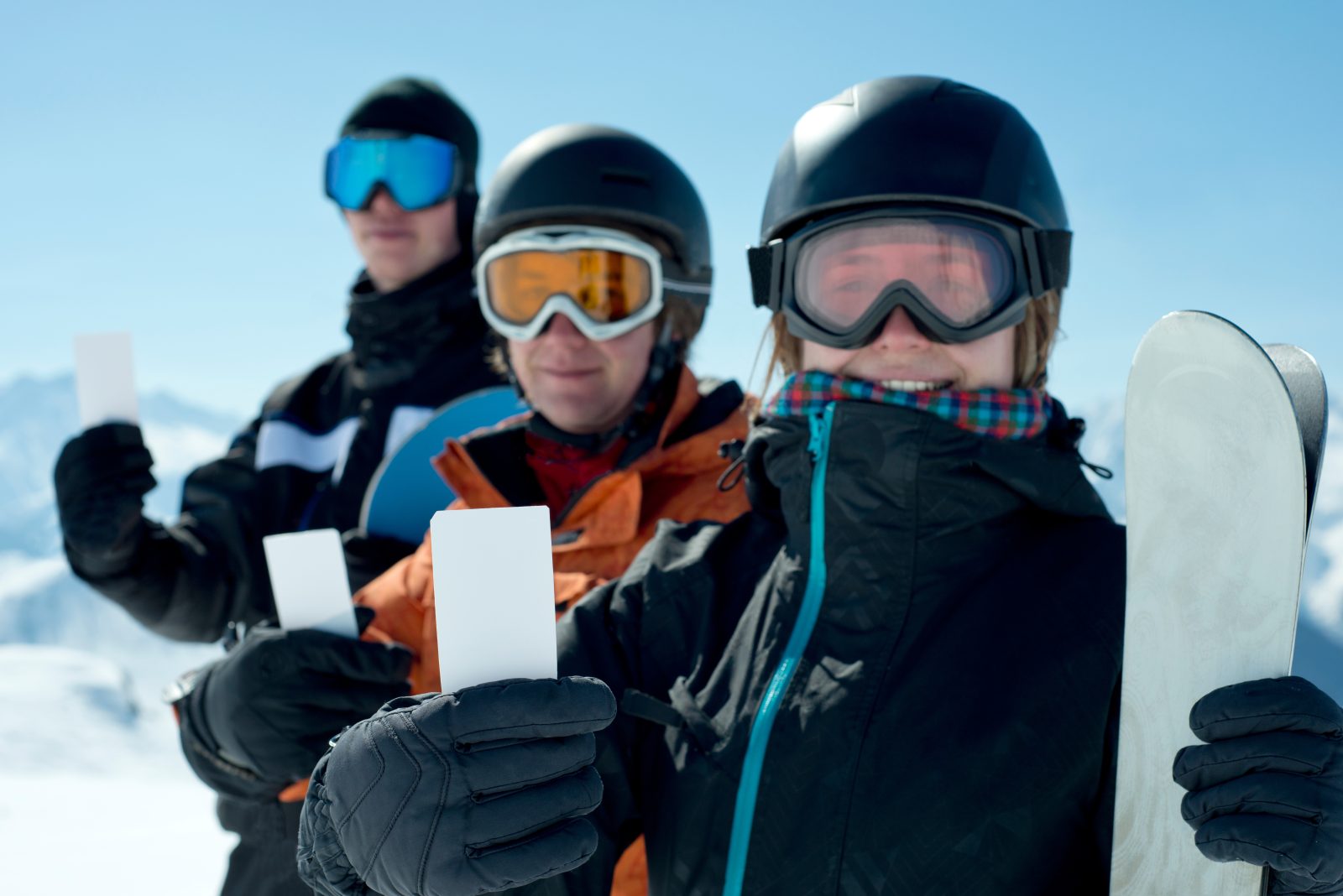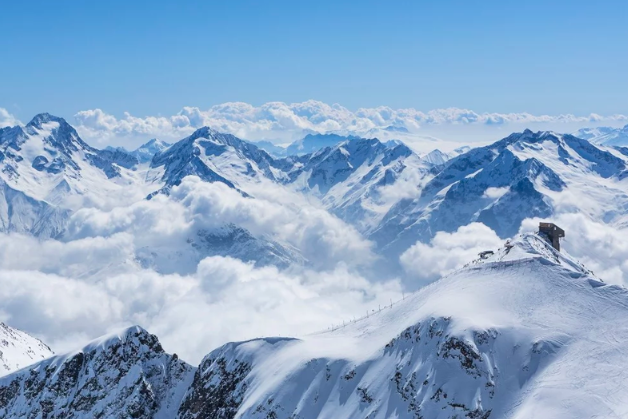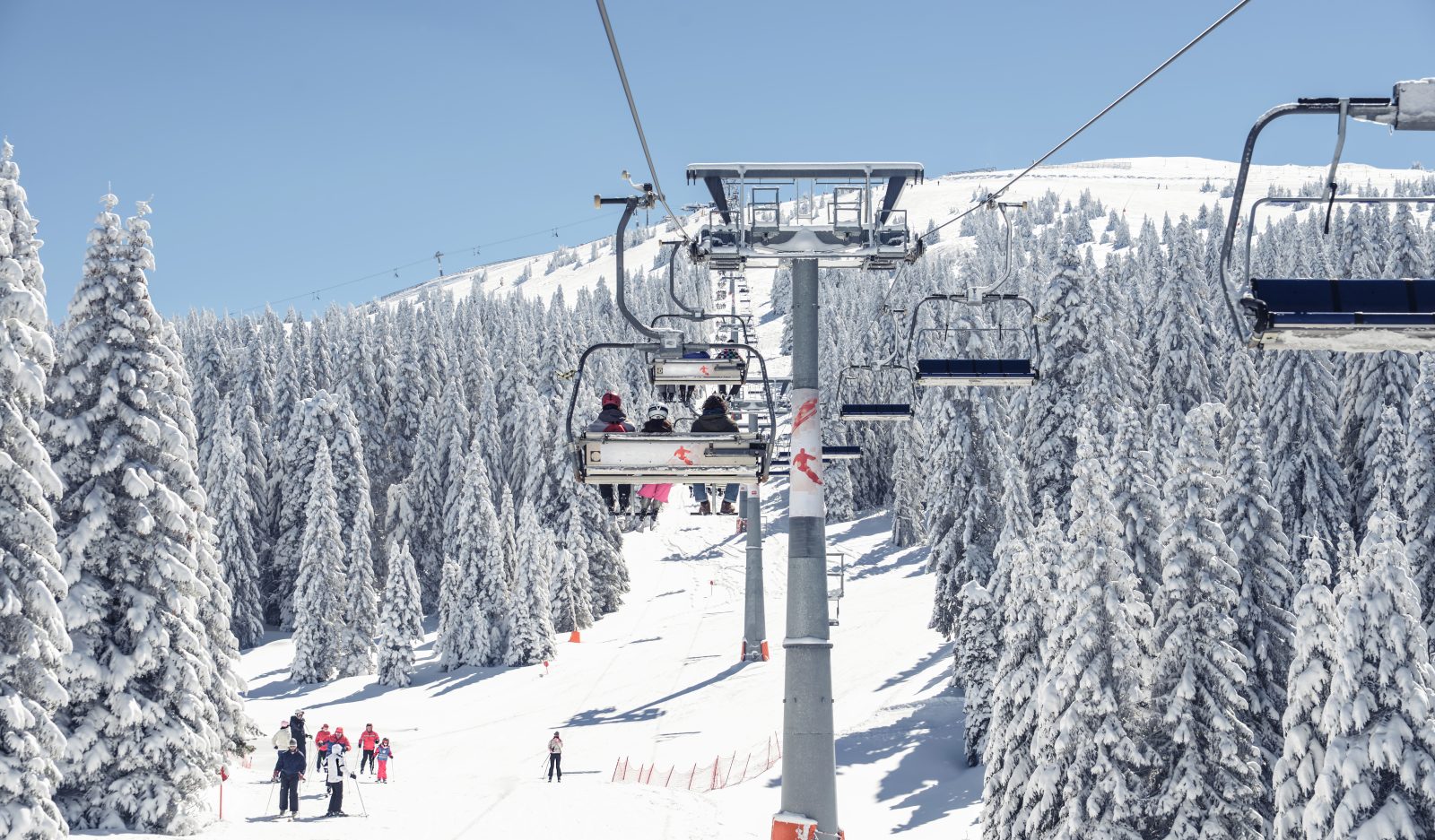If you are seeking more snowy adventures and ski runs after the winter season in the Northern Hemisphere ends, why not swap the summer months for winter in the Southern Hemisphere? When the snow starts to melt in Europe, Asia and North America in May, the lifts start to open in mountain ranges across the Southern Hemisphere, meaning you can get your ski fix all year round.
Read on to discover our guide to Southern Hemisphere skiing, including where you can ski in the Southern Hemisphere as well as the best resorts and times of year to visit.
Where Can You Ski in the Southern Hemisphere?
While Europe is home to some of the best ski resorts in the world, including Courchevel, Zermatt and St Anton, there are some excellent ski destinations a little further from home. Believe it or not, you can ski in Argentina, Chile, New Zealand and Australia during winter in the Southern Hemisphere! Discover the best Southern Hemisphere skiing destinations:
Skiing in South America

Best for: High-altitude resorts, dramatic Andean terrain and excellent off-piste skiing. South America offers some of the most exhilarating ski experiences in the Southern Hemisphere, with Chile known for its steep slopes and reliable snow and Argentina blending culture-rich resort towns with diverse terrain and powder-filled backcountry.
Ski Resorts in Argentina
- Cerro Catedral (Bariloche, Patagonia) – Largest ski resort in Argentina
- Las Leñas (Mendoza Province) – Known for expert terrain and powder
- Cerro Castor (Ushuaia, Tierra del Fuego) – Southernmost ski resort in the world
Ski Resorts in Chile
- Portillo (Andes) – Legendary for off-piste skiing and steep terrain
- Valle Nevado (near Santiago) – Largest ski area in the Southern Hemisphere
- La Parva (near Santiago) – Great backcountry terrain
- El Colorado (near Santiago) – Great for families and beginner skiers
Skiing in Australasia

Best for: Family-friendly resorts, reliable snowmaking and easy access from major cities. Australia and New Zealand offer a diverse mix of terrain, with New Zealand standing out for its dramatic alpine scenery and long season, while Australia boasts excellent lift networks and well-developed resort villages.
Ski Resorts in Australia
- Perisher (New South Wales) – Largest lift system in the Southern Hemisphere
- Thredbo (New South Wales) – Steepest terrain in Australia
- Falls Creek (Victoria) – Great for cross-country skiing with over 65 km of trails
- Mt. Buller (Victoria) – Highest average snowfall of any Australian ski resort
Ski Resorts in New Zealand
- Coronet Peak (Queenstown) – Just 20 minutes from Queenstown
- The Remarkables (Queenstown) – Jaw-dropping scenery overlooking Lake Wakatipu
- Treble Cone (Wanaka) – Longest vertical drop in the Southern Alps (700 m)
- Cardrona (Wanaka) – Great for skiers of all levels
- Mt. Hutt (near Christchurch) – Often has the longest season in New Zealand
Best Time to Go Skiing in the Southern Hemisphere and Where to Go

The Southern Hemisphere ski season typically runs from early June to early October, offering something for everyone – from powder hounds to fair-weather skiers. Depending on the month, you’ll find variations in snow conditions, prices, crowd levels and overall atmosphere. So, when is the best time of year for Southern Hemisphere skiing and where should you go?
The answer depends on what kind of experience you are looking for on your ski holiday. Whether you’re chasing fresh July powder, sunny September skiing, or quiet early-season slopes, there’s a perfect time and place for your trip.
To help with your trip planning, we have put together a month-by-month breakdown of what to expect on your Southern Hemisphere ski trip and where to go, including top ski resorts in Australia, New Zealand, Chile and Argentina.
June – Early Openings and Budget-Friendly Deals

Where to ski: Perisher (Australia), El Colorado (Chile), La Parva (Chile)
June marks the start of the ski season in the Southern Hemisphere. While snow coverage can be less reliable early in the month, high-altitude and well-equipped resorts with snowmaking often open early to mid-June. It’s a great time to ski for those seeking quieter slopes and better deals, as crowds are minimal and many resorts offer early-season discounts.
Expect variable conditions, but if you pick the right resort, especially those with good snowmaking infrastructure or higher elevations, you can enjoy a quiet start to the season.
July – Peak Season and Crowds

Where to ski: Treble Cone (New Zealand), Valle Nevado (Chile), Thredbo (Australia)
July is the heart of winter in the Southern Hemisphere, bringing cold temperatures, consistent snowfall and excellent skiing conditions. It’s a popular time for locals and international visitors, especially families on winter holidays, so expect busier resorts and higher prices.
If you’re looking for great snow conditions and full access to terrain, July is the time to go skiing in the Southern Hemisphere. Book early to secure accommodation and aim for mid-week stays to avoid weekend crowds.
August – Peak Snow Conditions and Open Terrain

Where to ski: Bariloche (Argentina), Portillo (Chile), Falls Creek (Australia)
In August, snow depths in the Southern Hemisphere are at their peak, terrain is fully open and you’ll experience everything from powder days to sunny après-ski afternoons. Conditions tend to be the most reliable this month, making it ideal for skiers of all ability levels. August is also a busy time of year for many resorts in the Southern Hemisphere, thanks to the excellent conditions, but prices tend to be more flexible than in July.
Whether you’re looking to progress your skills or enjoy backcountry adventures, August offers something for everyone. Families, groups of friends and solo travellers alike will find this month a fantastic time for Southern Hemisphere skiing.
September – Spring Snow and Fewer Crowds

Where to ski: Cardrona (NZ), Las Leñas (Argentina), Perisher (Australia)
In September, winter starts to wind down in the Southern Hemisphere and spring skiing begins. Snow coverage generally remains good in higher-altitude resorts and the warmer weather and longer days make for a more relaxed skiing experience. September is perfect for intermediate skiers and families looking to avoid crowds and enjoy more affordable pricing.
The vibe is more laid-back, with sun-soaked lunches on the mountain and softer snow, great for beginner skiers. It’s also when many resorts host end-of-season events and festivals.
October – Late-Season Deals and Final Runs

Where to ski: Mt Hutt (NZ), La Parva (Chile), The Remarkables (NZ)
By October, most Australian and Argentinian resorts will have closed, but some New Zealand and Chilean ski resorts stay open into early October, especially those with higher elevations or southern-facing slopes. Snow can be hit-or-miss this month, but if you’re lucky, you can enjoy uncrowded runs and discounted prices.
October is a great time for budget-conscious travellers or those looking to squeeze in one last trip of the season before the snow melts in the Southern Hemisphere.
Beyond October – Indoor Skiing
Where to ski: Indoor ski centres
After October, ski options become very limited in the Southern Hemisphere. There’s no true year-round glacier skiing like in Europe, but you can ski on real snow at Snowplanet indoor ski centre in New Zealand. Additionally, planning is underway for Australia’s first indoor snow centre in Sydney, set to open in 2028.
So, When’s the Best Time to Go Skiing in the Southern Hemisphere?
- June for early-season savings and quiet slopes
- July for deep powder and a lively atmosphere
- August for peak snow and ideal weather conditions
- September for sunny days and fewer crowds
- October for late-season discounts and quiet runs
No matter when you go, there’s a Southern Hemisphere skiing destination to suit your needs, whether you’re looking to chase fresh lines in New Zealand or enjoy après-ski in the Andes. Just be sure to book early during peak months and choose a high-altitude resort for the best snow conditions. Also, remember to check the opening and closing dates of your chosen resort before booking your Southern Hemisphere ski trip – it’s a long flight for the lifts to be closed!
You might also like: Best Time to Go Skiing in Europe: When to Ski and Top Resorts by Month




